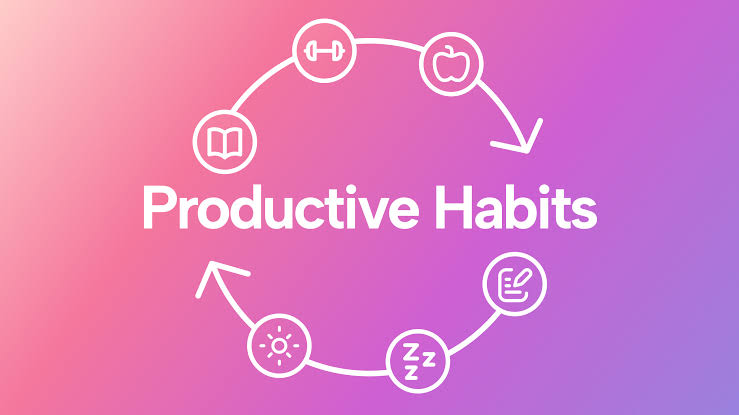The quickest way to outline a story

Outlining a story can feel challenging—especially when you’re unsure how the plot should unfold. However, one thing is clear: outlining makes storytelling smoother and helps maintain a consistent flow. It gives your ideas direction, helps you avoid plot holes, and saves you time during the actual writing process.
Let me walk you through a quick and simple guide to outlining your story effectively.
Step-by-Step Guide to Outlining Your Story
1. Start with the First Paragraph Idea
Every great story begins with a spark—an idea or moment that sets everything in motion. Think of a powerful opening: a character in conflict, a strange event, or a question that needs answering. Write it down as your entry point into the world you're about to build. This will serve as the foundation of your story.
2. Determine What Comes Next
Once you’ve set the opening scene, ask yourself: What naturally follows this moment? Consider the cause-and-effect relationship of events. What actions, reactions, or changes will move the story forward? This helps in building momentum and prevents your narrative from feeling scattered.
3. Organize the Story and Identify the Climax
Arrange the events in a logical sequence leading toward a major turning point—the climax. This is the moment of highest tension, where the main conflict reaches its peak. Mapping this out early helps ensure that everything you write builds purposefully toward this critical moment.
4. Craft a Fitting Ending
Think about how you want your readers to feel after finishing your story. Your ending should reflect the purpose behind your writing—whether to inspire, shock, teach, or provoke thought. Wrap up loose ends and give your audience a sense of closure or a reason to keep thinking long after the last sentence.
---
With this simple outline structure, you can bring clarity to your story idea and confidently begin writing. Remember, outlining isn't about having all the answers—it's about creating a roadmap that keeps you focused and inspired.




